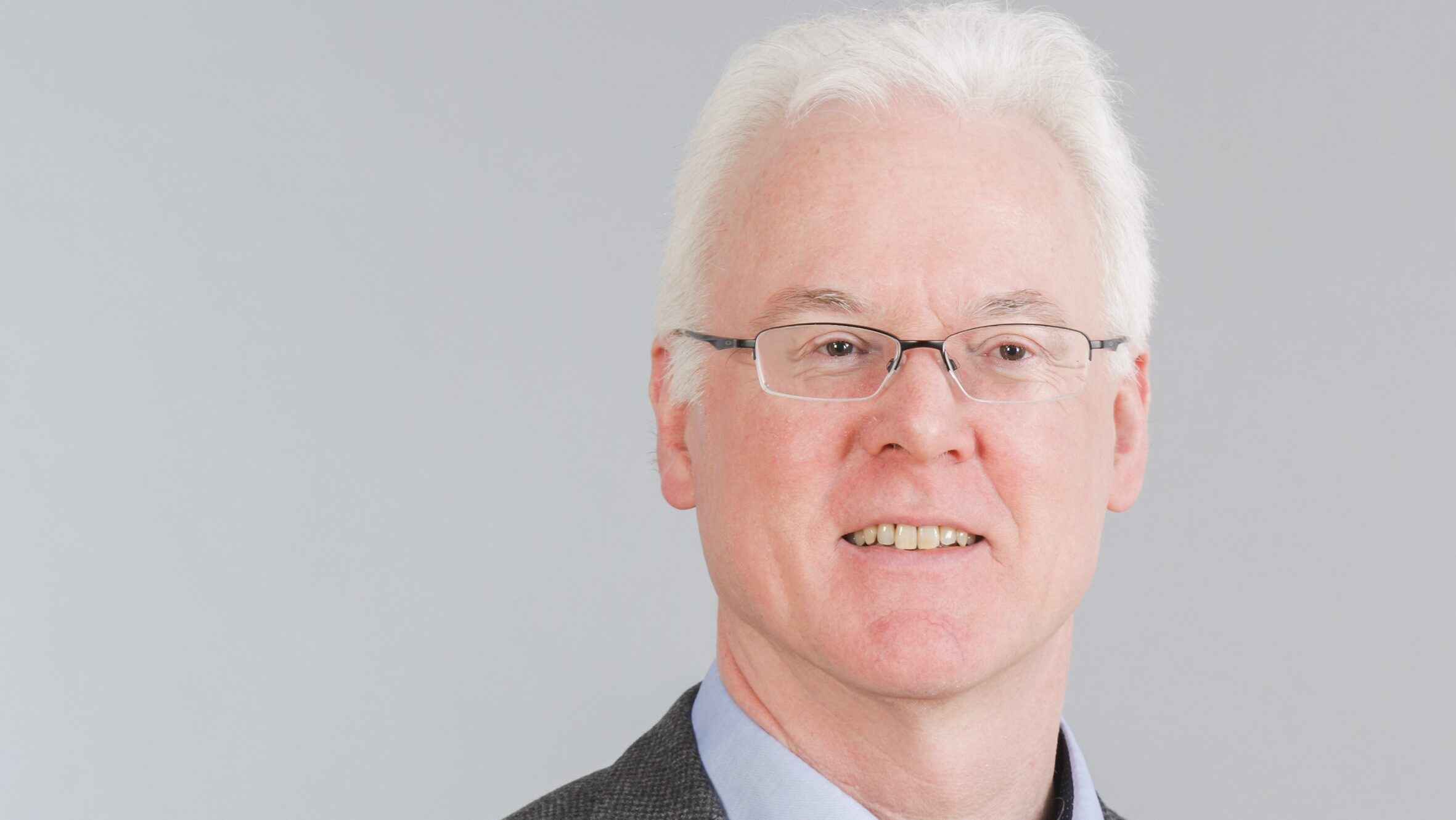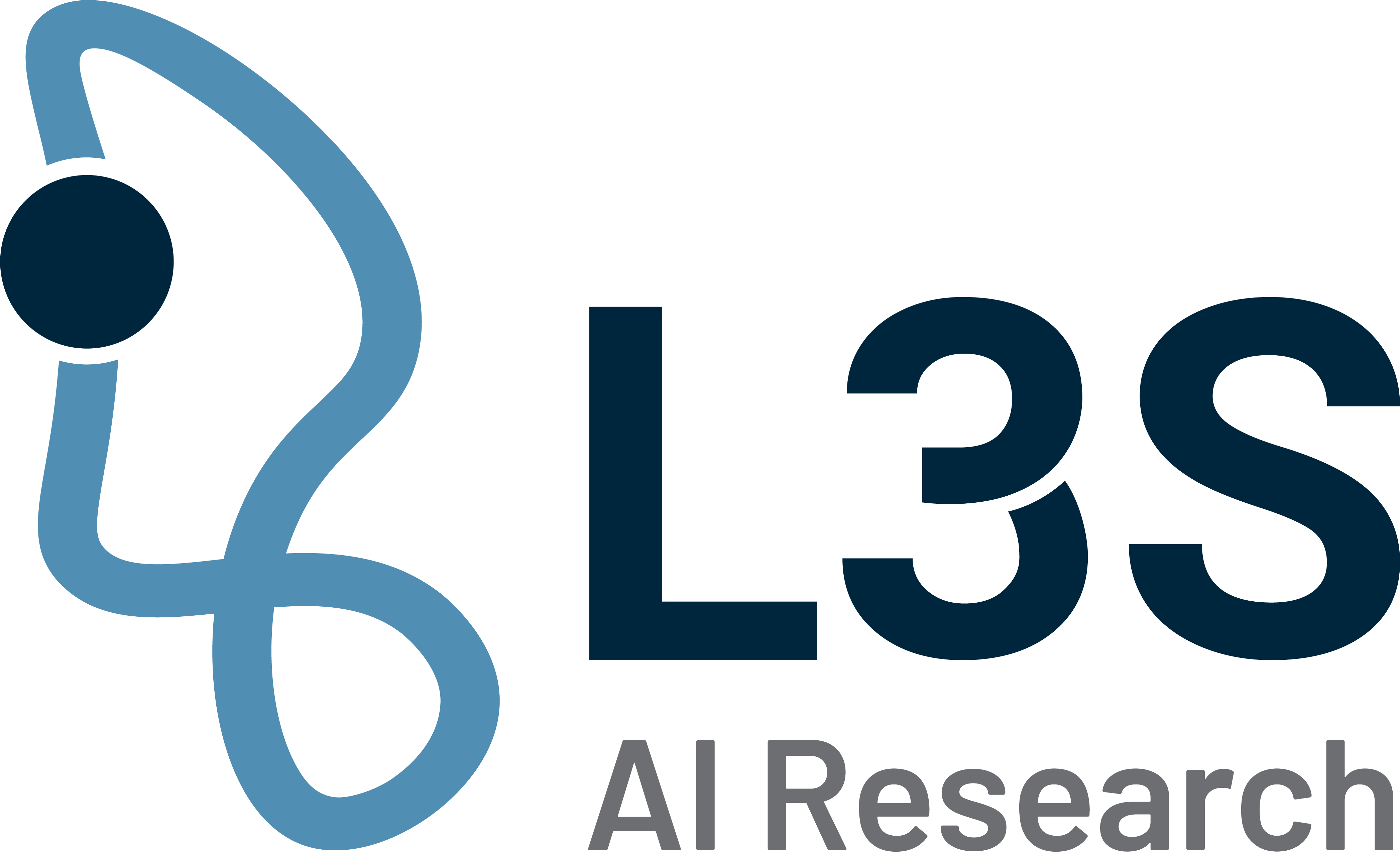How could AI be used in schools – and why are they so afraid of contact? An interview by Süddeutsche Zeitung with L3S Director Wolfgang Nejdl
INTERVIEW: ANDREAS BERNARD
Since the invention of chat GPT, there has been concern in schools about cheating on homework and seminar papers. The discourse on AI and education centers on the unease that the new language models are finally outsourcing people’s independent learning to think and write to an artificial technology. Kant wrote the famous words in 1784: “The maxim to think for oneself at all times is enlightenment.” Is the project in danger? Wolfgang Nejdl heads the L3S research center at Leibniz University Hannover, where around 200 computer scientists from all over the world are working on questions of artificial intelligence and language models such as chat GPT. Nejdl also conducts research in the field of education. Time for a chat.
SZ: Mr. Nejdl, do the language models threaten the 250-year-old project of the Enlightenment?
Wolfgang Nejdl: Our focus when using chat GPT in education is always on active use; the language models as discussion partners for pupils who don’t have the opportunity to ask their mother or father what exactly happened with Henry IV or Schiller’s “Robbers”. But there is undoubtedly also the purely passive use, the facilitation or even the fraudulent performance of tasks, I admit that immediately. As far as thinking for oneself and the superiority of technology are concerned, it’s important to realize that such technical aids have a long history at school – just think of the pocket calculator.
When the device was allowed in math classes at German high schools in the late 1970s, there were heated debates about the end of numeracy, similar to the current concern.
I did my A-levels in Vienna in 1979, when the first models were available and could even be programmed. I also remember the criticism, but even more my own enthusiasm for being able to solve specific tasks with the device. For example, as a student I wrote a program that output all prime numbers up to 100.
So even back then, your focus was on the self-empowering use of technology?
I probably got worse at mental arithmetic at some point, but my point was more that if you use the calculator, you get the necessary stuff done quickly and can build on it and move on in the material. That’s also how I see the inclusion of Google, Wikipedia and now chat GPT in school and education.
Do schools in Germany already work with language models?
As far as I know, they are not yet being used in the classroom. But there are initiatives at Leibniz University and elsewhere to use language models in teacher training.
What is this about?
It has been a fact for many years that pupils use the internet as their main source of information for homework or presentations, via Google and Wikipedia. Language models can refine this research and also adapt it to the individual student’s interests. Linking a search engine and a language model, as Microsoft Bing already does, results in a more intelligent search. Students not only receive a summary of their question, for example about a historical topic, but they also receive further references and can ask questions. Language models such as Chat-GPT make it possible to have a real conversation.
How are teachers guided in the current training courses?
We develop courses for teachers and trainee teachers in which we discuss specific issues in their respective subjects: How language models can be meaningfully integrated in the classroom and in homework assignments. In my opinion, the most important innovation for teaching is that with the inclusion of chat GPT as a research tool, every pupil no longer reads the same thing, but comes up with their own thoughts and further questions in dialog with the language model, depending on how far their interest takes them. Every pupil has different questions about the material, and I see the language models as an opportunity to make individual in-depth study more possible.
So chat GPT leads to a personalization of the subject matter?
The grade-relevant basics of what is taught in a lesson must of course remain the same for everyone, but in this way it becomes easier and more stimulating for some pupils to obtain further information if they want to. In addition, there are certain school classes – upper secondary schools with different types of degrees or primary school classes in the village with pupils of different ages – in which the teachers always have to take the heterogeneous performance level into account in their lessons. In my opinion, the integration of language models would make a lot of sense here. And we help teachers to manage this integration better.
Critics say that language models are not simply a gradual development of search engines and online encyclopaedias, but a turning point: do you think this is out of place?
This is not an easy question. The fact is that in conversations with chat GPT, you often get the impression that the language model responds like a human. And that’s new. Calculators and Google don’t enter into a dialog with me. Language models can predict words with such a high probability that a meaningful conversation will arise because they are trained with so much text. The total volume of Wikipedia, for example, is only four percent of what Chat-GPT has read so far. However, since the language model is only programmed with what it learns and not what it is supposed to say, this leads to the confusion that there might be a rational being sitting there. This is why it is so important to control what the language model reads. In addition, the model is trained in evaluation functions, an inner compass so to speak, which ensures that it does not respond in a racist or sexist manner in dialogs with users.
How do you explain the fact that so little has been said about its use in schools so far?
Perhaps we all have too much science fiction in our heads. That’s why education is so important to me, because schools are a good place to start when it comes to going through the possible applications in detail and making pupils less uncomfortable from the outset. If you know how something works, it is usually no longer a threat. There’s the old saying: everything you don’t understand is magic.
In other words, in your opinion, would the use of language models in schools be more of a contemporary continuation of the enlightenment project?
That is definitely the goal. Language models and AI are currently being portrayed very strongly in alarmist contexts. Apart from the fact that I find the existential threat posed by climate change much more threatening than artificial intelligence, our work is all about explaining things in an unagitated way. This can also simply mean that we show teachers exactly how the suggestion algorithms on YouTube or Tiktok work and how these algorithms ensure that their students’ time spent on these platforms is maximized through ever stronger stimuli. Our training courses also aim to raise awareness of these hidden strategies. This used to be called media literacy. Today, we are trying to provide teachers and students with AI skills.
Source: Süddeutsche Zeitung from 13.09.2023 (Online-Artikel)
© Süddeutsche Zeitung GmbH, München. With the kind permission of Süddeutsche Zeitung Content


